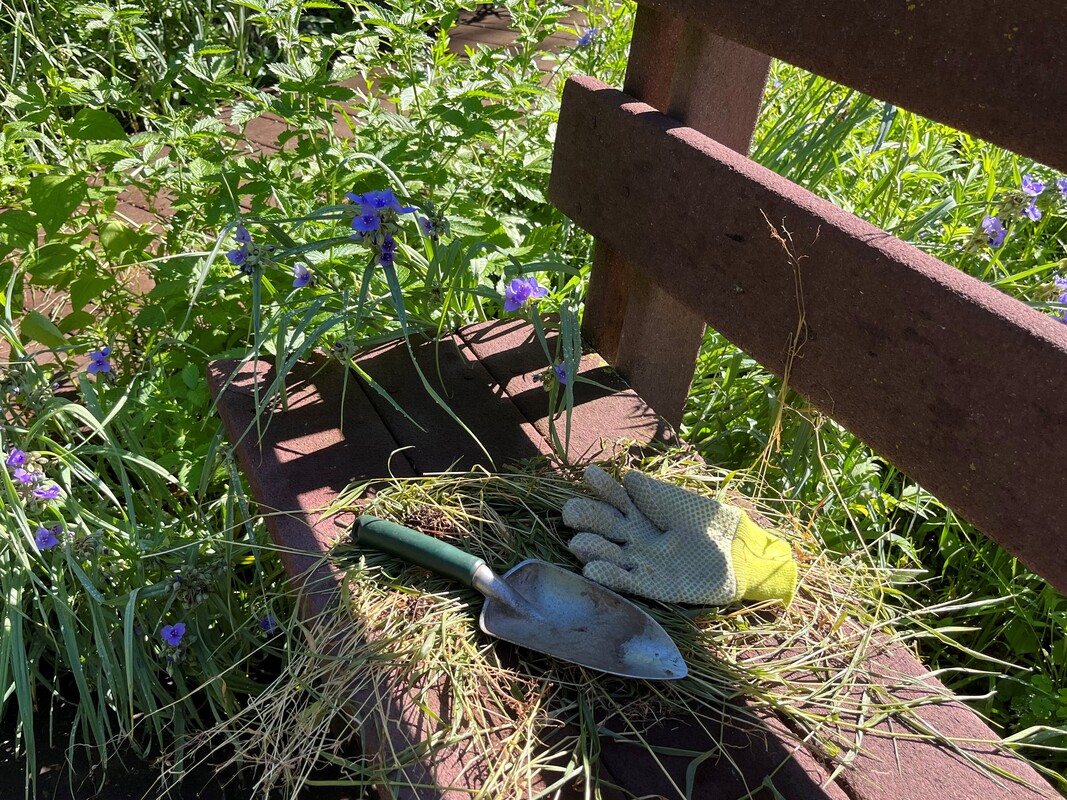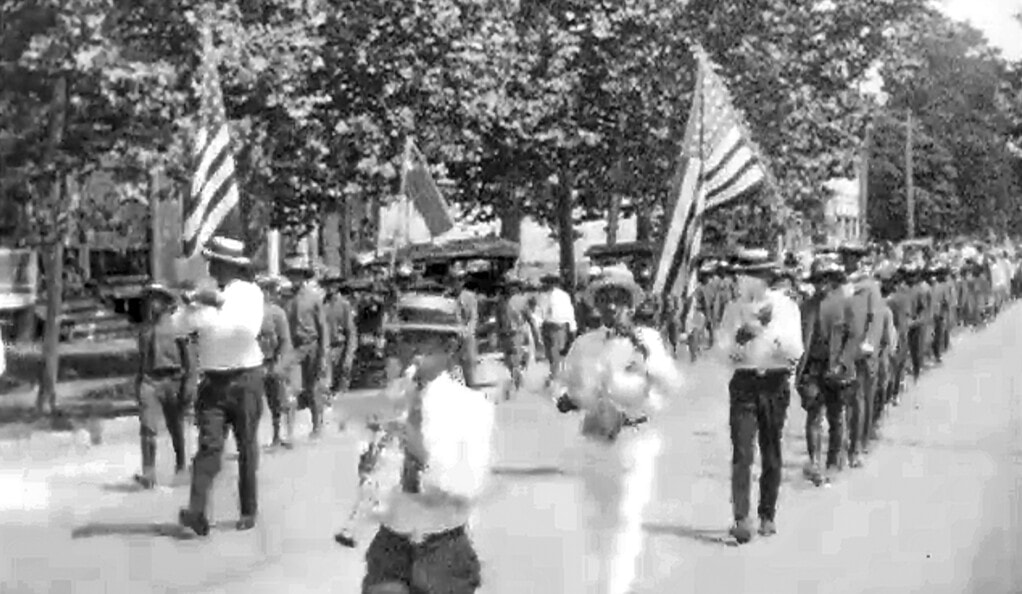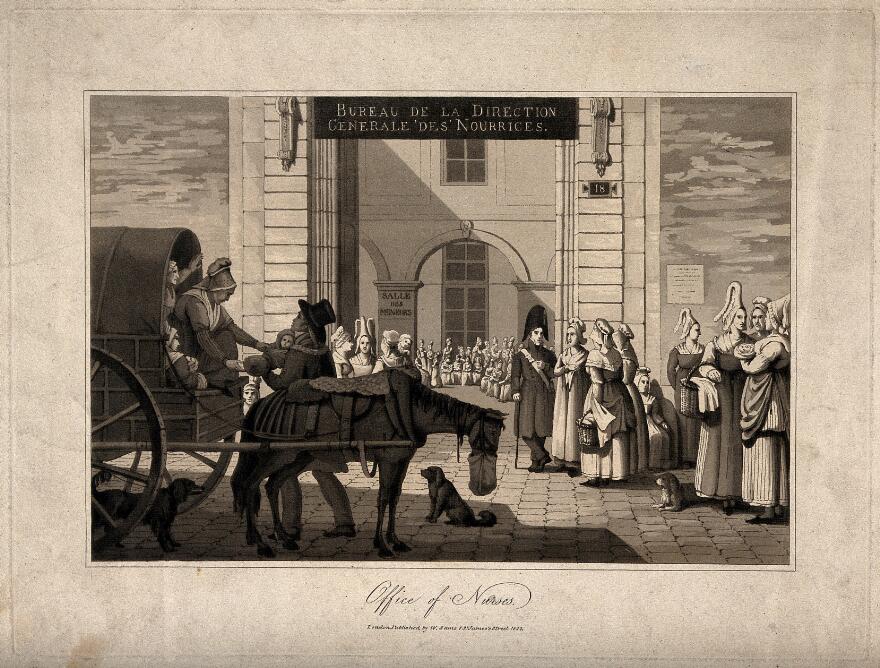|
Our sprawling perennial garden delights me with constant surprises. What’s in bloom today? Dedicated gardeners appear to pot, divide, or transplant with pleasure. Me, I’d rather pull dandelions.
2 Comments
I studied the Emancipation Proclamation as a schoolgirl but didn’t hear of Juneteenth till much later. On June 19, 1865, the Union army announced in Texas that all formerly enslaved people were now free. Annual celebrations spread from Black communities in Texas throughout the South and beyond. Urged by activists such as Opal Lee, last year Juneteenth became our newest federal holiday. Lee said, “It is not a Black thing, it’s not just a Texas thing, but it’s about freedom for everybody.”
As a white northerner, how can I join in with joy and respect? The difference between cultural diffusion, appropriation, and assimilation is imprecise. Already some businesses have introduced Juneteenth-themed products and faced backlash. Opinions online vary. Many say to study, recommit, and give the holiday the solemnity of Veterans Day or Memorial Day. Unlike those days, though, it’s fine to wish people a happy Juneteenth. Is it supportive or intrusive for me to enter into Juneteenth traditions like street fairs, rodeos, and barbeque cookouts featuring red drinks and desserts? We know how to enjoy a festive wedding without making it all about us. We attend by invitation only; we don’t try to dress like the bride or groom; we take our cues from the organizers; we listen more than we talk. We have a great time and remember what it’s all about. This might be a model for a white northerner at a local, public Juneteenth celebration. Thanks to Opal Lee and others, we’re all invited. Image: 1920s Juneteenth celebration, from a documentary film by Solomon Sir Jones. Beinecke Rare Book & Manuscript Library, Yale. I furled my umbrella and passed the registration desk without stopping. As directed by email, I took the elevator to the third floor, bypassed another registration desk, and followed a young woman through a maze of hallways. Her desk held a tape measure, a blood pressure cuff, and a rack of eight or ten vials with brightly colored caps. An hour later I opened the umbrella and stepped back into the rain, lighter by several tablespoons of bodily fluids. My doctor would never know unless I decided to tell her.
All of Us is a nationwide program to support medical research about interactions among environment, lifestyle, and genetics. Organizers aim to build a data base of a million adult volunteers who give researchers anonymous access to their medical records. Now that I’ve donated specimens and measurements, my role is to answer occasional surveys online. I’m always free to opt out. Part of life is finding ways to contribute that fit one’s interests, skills, and opportunities, whether organizing a petition drive or feeding a hungry kitten. In this time of widespread distrust of science, one small way I can help is to be one of a million whose data researchers can draw on for years to come. What once-common jobs can you think of that are now obsolete or nearly so? Town crier. Lamp lighter. Phone company switchboard operator. Wet nurse, a woman who breastfed someone else’s baby.
A less desirable alternative was to feed the baby milk from goats, cows, mares, or donkeys. Compared to human milk, cow’s milk contains fewer easy-to-digest carbohydrates, and more protein in the form of hard-to-digest casein. Milk spoils quickly without refrigeration or pasteurization. Babies fed only cow’s milk were less likely to survive infancy. In 1865, the German chemist Justus von Liebig introduced Liebig’s Soup for Infants. Formulated to make cow’s milk more like human milk, it added wheat flour, malt flour, and potassium carbonate. A powdered version to mix with cow’s milk and water resolved the problem of spoilage. Soon afterward, Nestlé in Switzerland introduced a cereal composed of cow’s milk, wheat flour, and sugar, for infants who could not be breastfed. Such products were expensive. Most caregivers preferred to mix their own at home. Harvard professor Thomas Morgan Rotch taught pediatricians to direct infant nutrition according to a “percentage method.” Caregivers should dilute cow’s milk with water to reduce the percentage of casein, then add sugar and cream to restore their concentration. It was cumbersome to do at home but reached a close match to the percentages of protein, sugar, and fat in human milk. By the 1950s, many hospitals gave new mothers recipes for formula made of evaporated milk, water, and sugar or corn syrup, with a liquid vitamin supplement on the side. Perhaps our present emergency has caregivers reviving such recipes. (Consult your pediatrician.) On the borderline between food and pharmaceuticals, commercial formula is closely regulated to keep babies safe. That makes the industry difficult to enter. Like so much in life, it’s all tradeoffs. Image: The bureau of wet nurses in Paris - wet nurses waiting to be selected. Aquatint, 1822. Wellcome Collection. |
AuthorI'm a historian who writes novels and literary nonfiction. My home base is Madison, Wisconsin. Archives
March 2024
|




 RSS Feed
RSS Feed